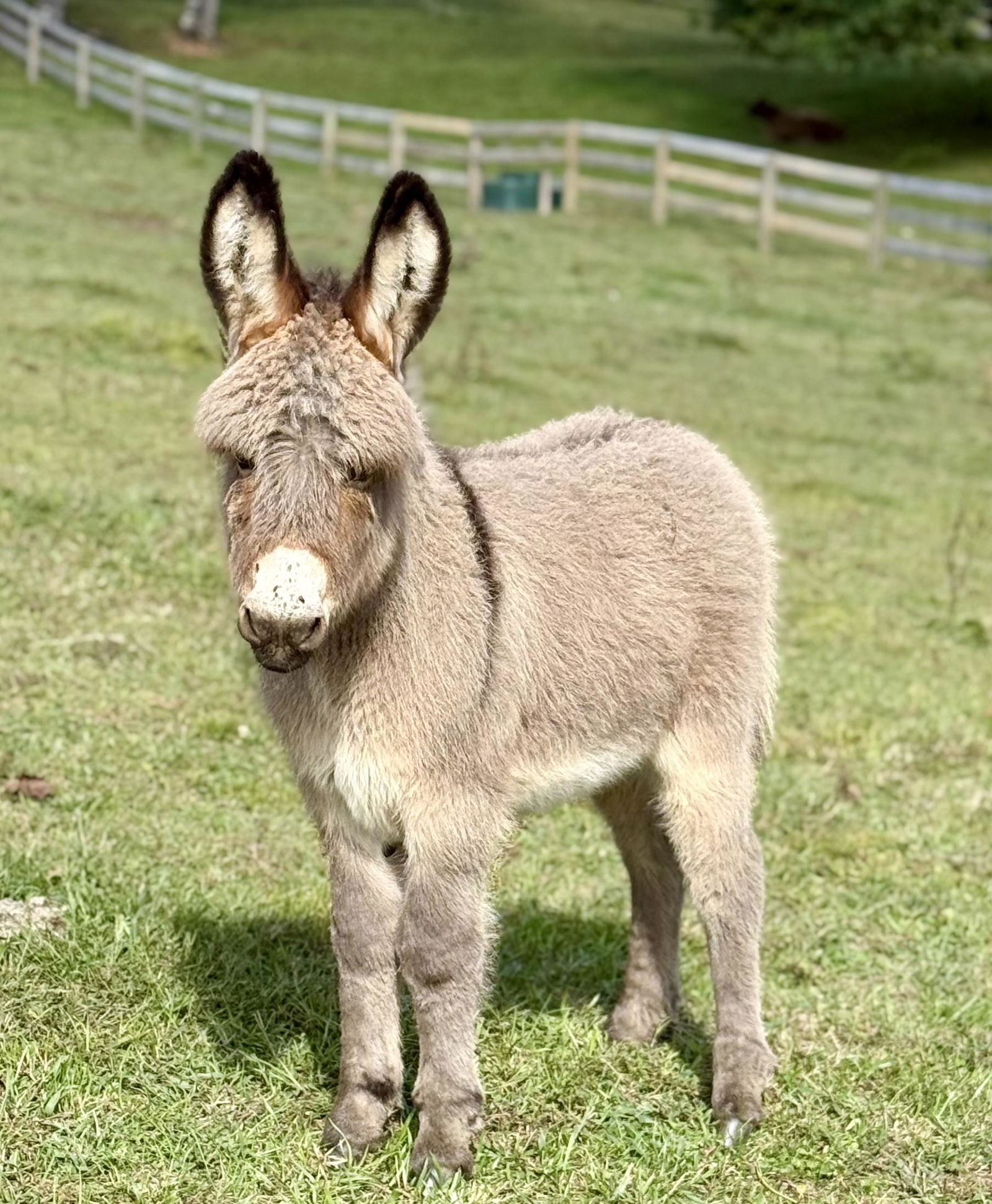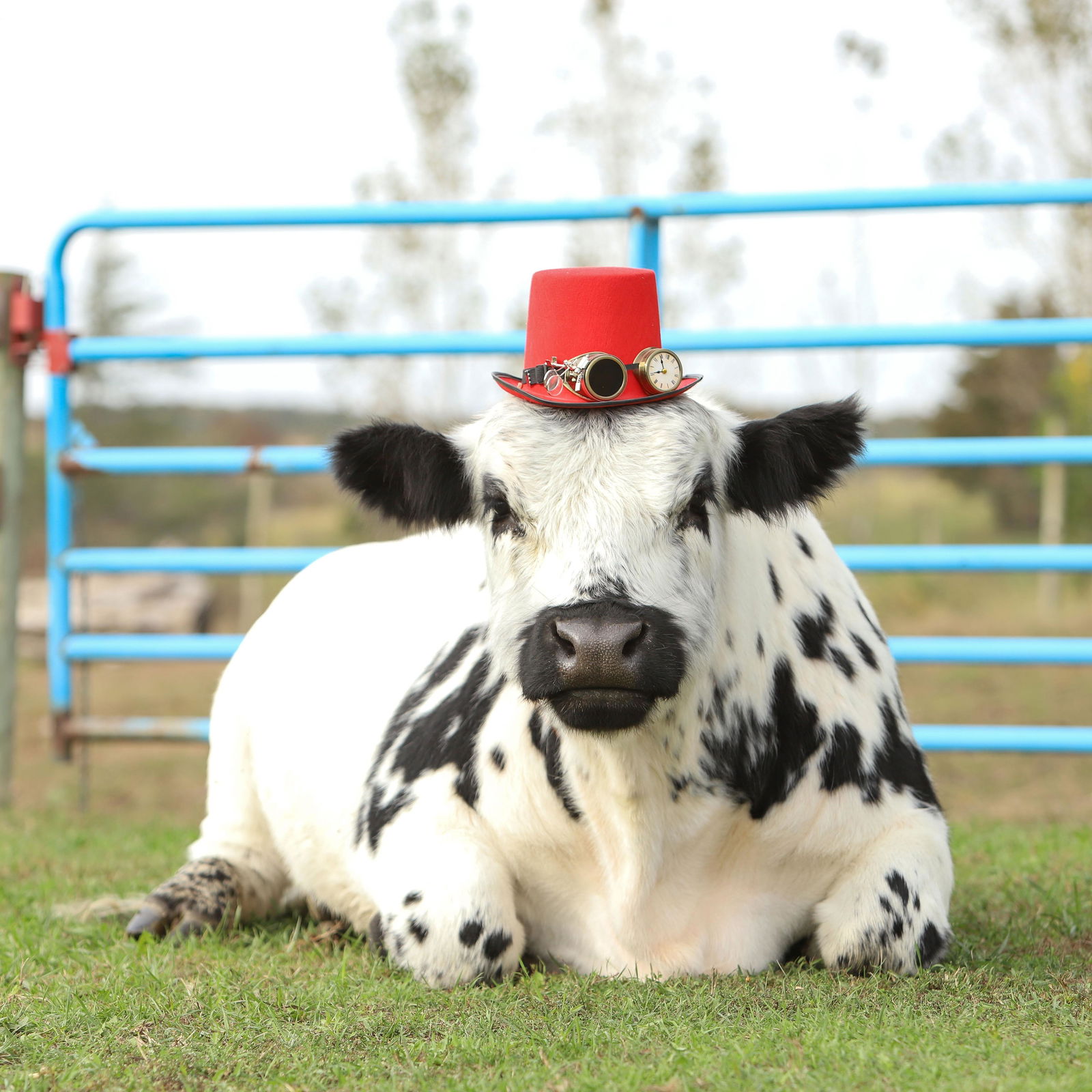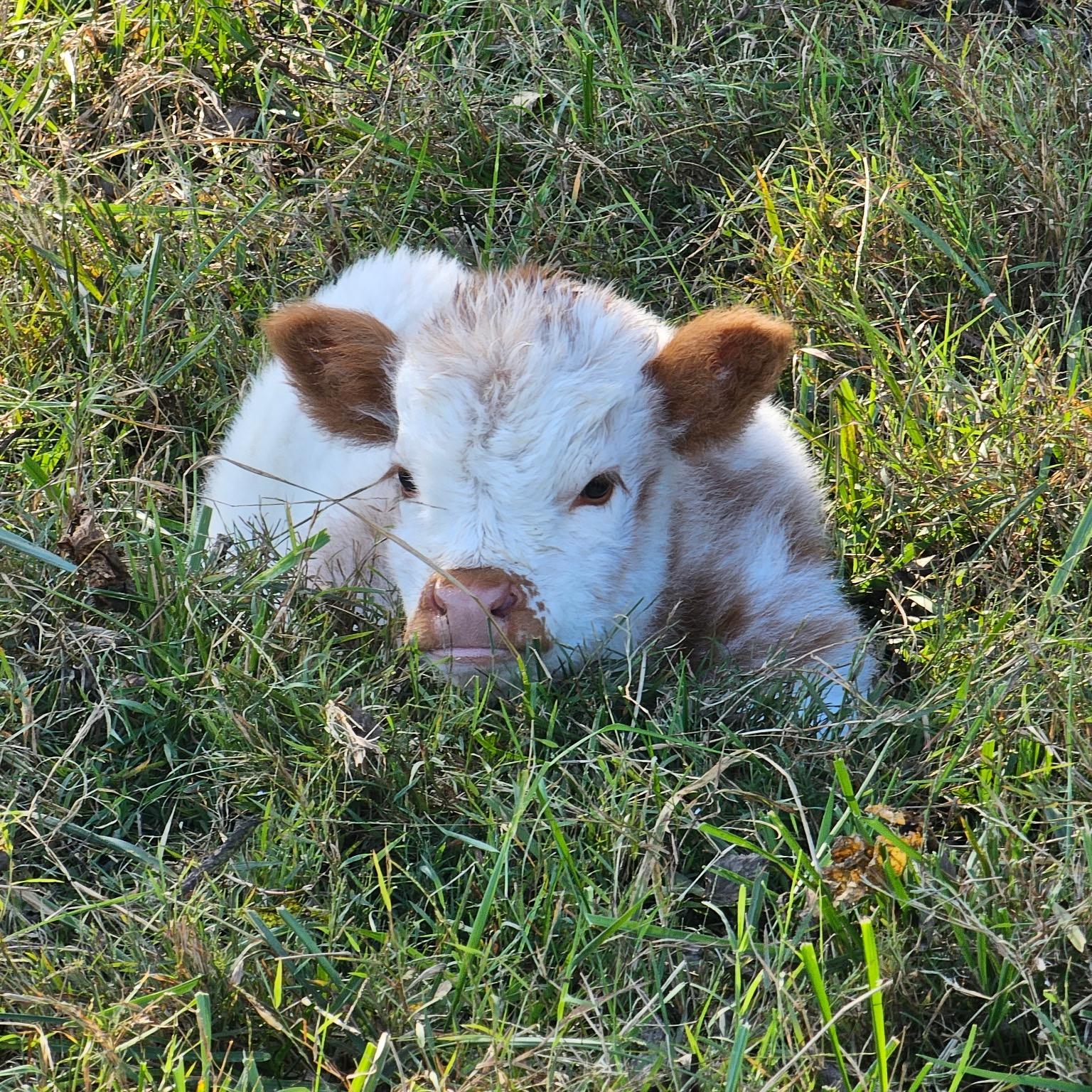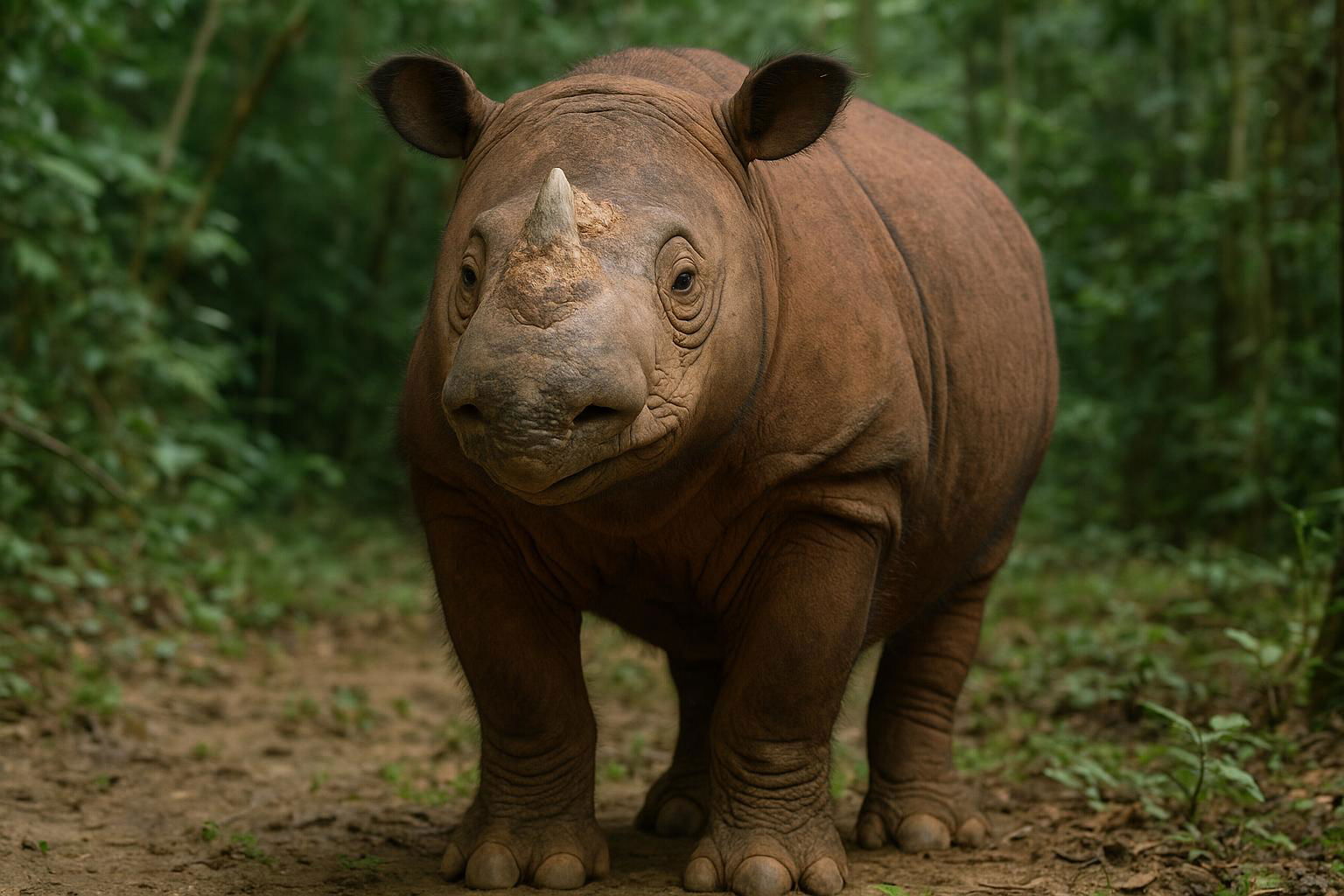
Sumatran Rhinoceros
Dicerorhinus sumatrensis
The Sumatran Rhinoceros (Dicerorhinus sumatrensis) is a fascinating and critically endangered species, recognized as the smallest of the living rhinoceros species. This unique rhino is distinguished by its hairy coat, a characteristic not shared by its African and Indian cousins. Adult Sumatran rhinos typically measure about 8 to 10 feet in length and stand around 4 to 5 feet at the shoulder, weighing between 1,300 to 2,200 pounds. They possess two horns, with the front horn being larger, reaching up to a foot in length, and the rear horn usually smaller and less noticeable.
These rhinos inhabit dense tropical rainforests, swamps, and cloud forests in Southeast Asia, specifically on the islands of Sumatra and Borneo. As solitary creatures, Sumatran rhinos are rarely seen in the wild, favoring a solitary lifestyle except during mating or when females are caring for their young. They are primarily browsers, feeding on leaves, twigs, bark, and fruit.
The Sumatran Rhinoceros faces severe threats from habitat loss due to deforestation and poaching for their horns, leading to a drastic decline in their population. Conservation efforts are crucial and involve habitat protection, anti-poaching measures, and managed breeding programs to prevent their extinction. Despite these challenges, dedicated conservationists continue to work tirelessly to save this remarkable species from disappearing forever.

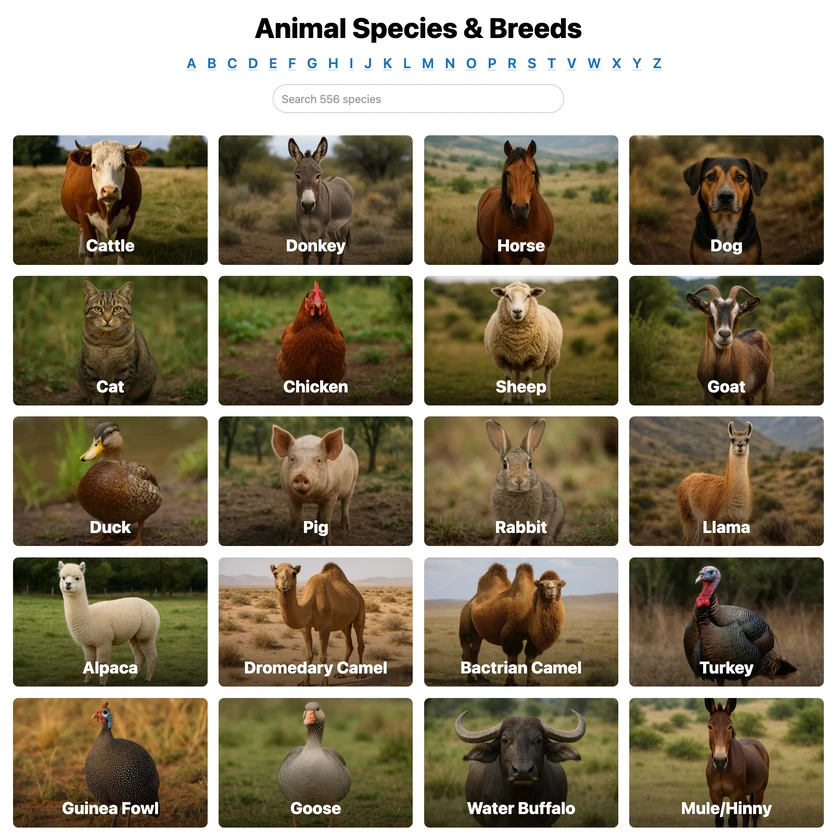 All Species & Breeds
All Species & Breeds
 Highland Cattle
Highland Cattle
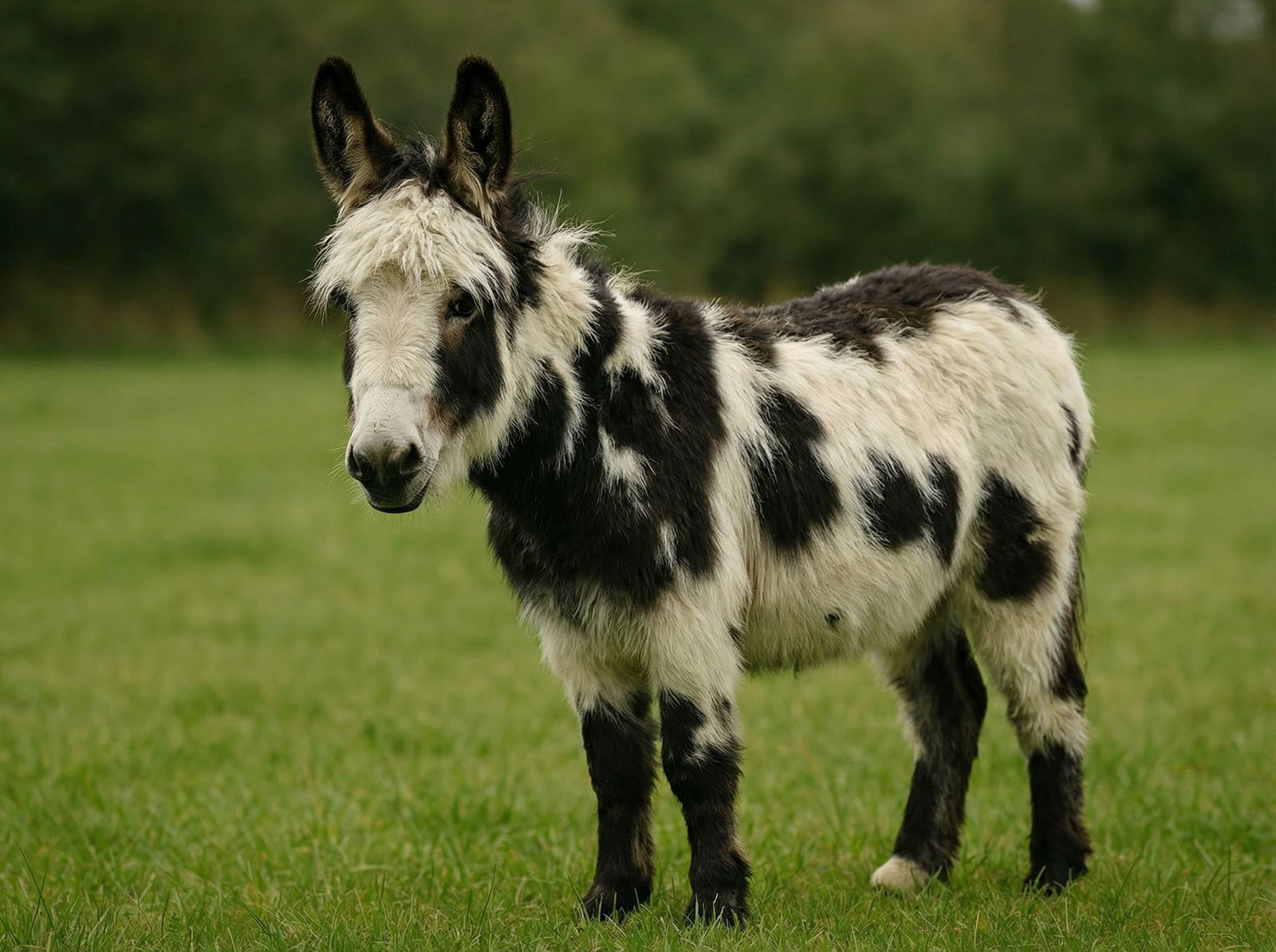 Miniature Donkeys
Miniature Donkeys
 All Species Directory
All Species Directory
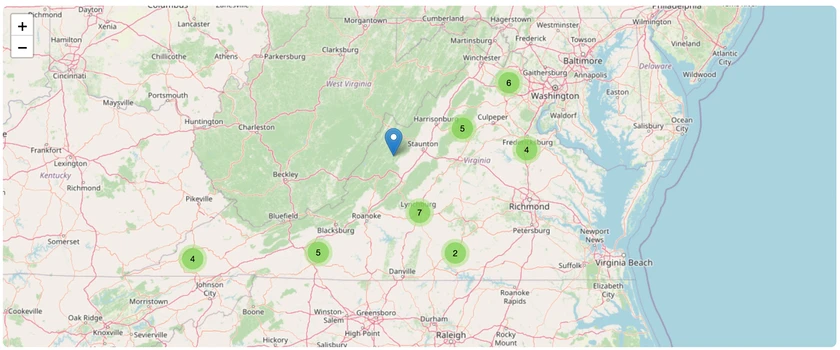 Highland Cattle in Virginia
Highland Cattle in Virginia
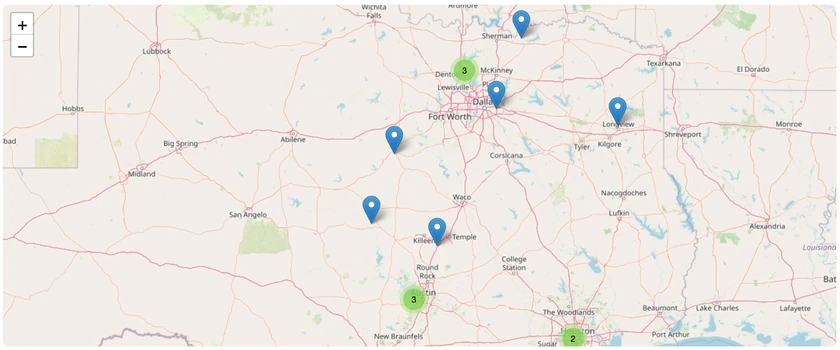 Miniature Donkeys in Texas
Miniature Donkeys in Texas
